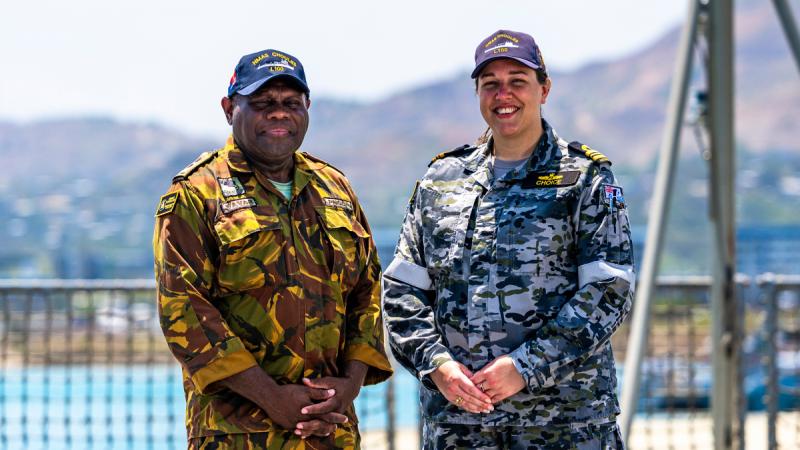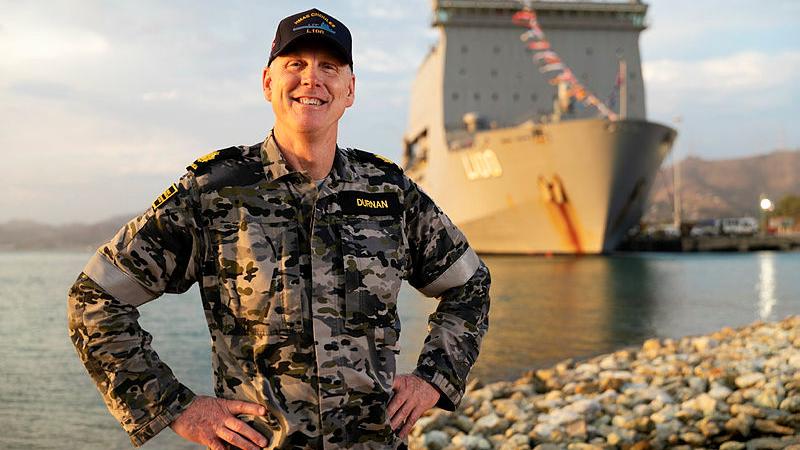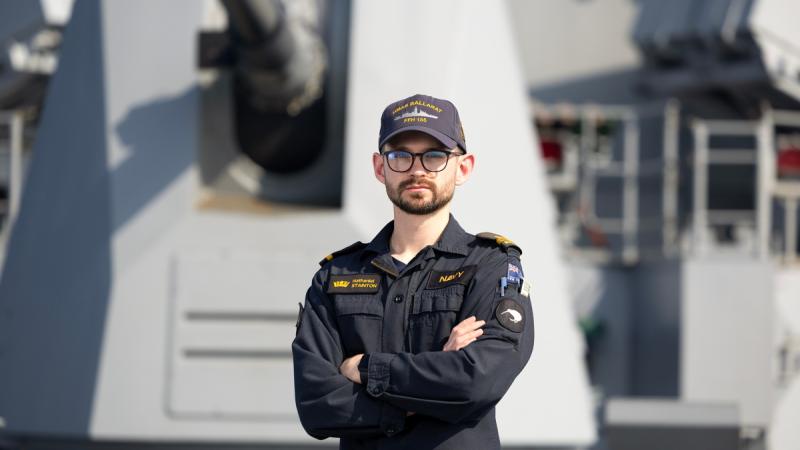6 August 2025
The life of World War 2 veteran June Hunter (nee Hitch), who died in late July, was a story that spanned a full century.
Born on June 10, 1925, in Wilmington, South Australia, she is remembered by her community for her service as well as her remarkable milestone birthday.
The occasion was celebrated on June 8 at the Combined Ex-Services Mess in Adelaide, where several RAAF Edinburgh-based aviators joined with June, her family and friends.
June's legacy of service began when she enlisted in the Women's Auxiliary Australian Air Force (WAAAF) as an aircraft hand on July 31, 1944, aged only 19.
She travelled to Victor Harbor to complete rookies’ training at 4 Initial Training School. There, she slept on a grass straw bed in a tent – harsh conditions in winter.
On completion of her training, she was posted to 1 Flying Boat Repair and Service Depot at Lake Boga near Swan Hill in rural northern Victoria. She was the only one of the 30 women in her course to be posted there.
Her first duties were as an orderly delivering mail to officers, as well as other general duties. She shared a hut with 10 other female trainees and one course orderly.
June remustered to Motor Transport Driver in March 1945, driving RAAF personnel and supplies on and off base.
It was at Lake Boga Flying Boat Base that she met her future husband, Ron, who was a RAAF fitter working on the Catalinas.
The WAAAF members were pioneers and set the basis for future generations of women in the Air Force and in Australian society.
June discharged from the RAAF on September 27, 1945, not long after marrying Ron.
In 1961, June joined the Air Force Association (AFA) Adelaide and attended regular meetings, luncheons and formed friendships over the past 60 years.
In recent years, she still attended AFA luncheons in Adelaide and regularly participated in Anzac Day events, including the Adelaide Anzac Day parade.
At her birthday celebration, Group Captain Greg Weller told the gathering about June’s service in the WAAAF. He also presented her with a Chief of Air Force (CAF) Letter of Congratulations and a CAF Coin.
Meanwhile, two female aviators, including Leading Aircraftwoman Nicole Webb, a serving motor transport driver – June’s contemporary equivalent – swapped stories with June. She was then presented with a 100th birthday cake featuring an Air Force badge.
About 27,000 women saw service in the WAAAF between March 1941 and July 1947. It was the first and largest of the World War 2 Australian Women’s Services. Airwomen were recruited into more than 70 different trades, including mechanical, armament, electricians, fitters, fabric workers and meteorology, as well as the more traditional areas such as clerical, medical, transport, catering, equipment and communications.
The WAAAF members were pioneers and set the basis for future generations of women in the Air Force and in Australian society.
After June's death late July, Group Captain Weller and Leading Aircraftwoman Webb again joined with June’s friends and family, this time to farewell her as one of Air Force’s valued World War 2 veterans.


